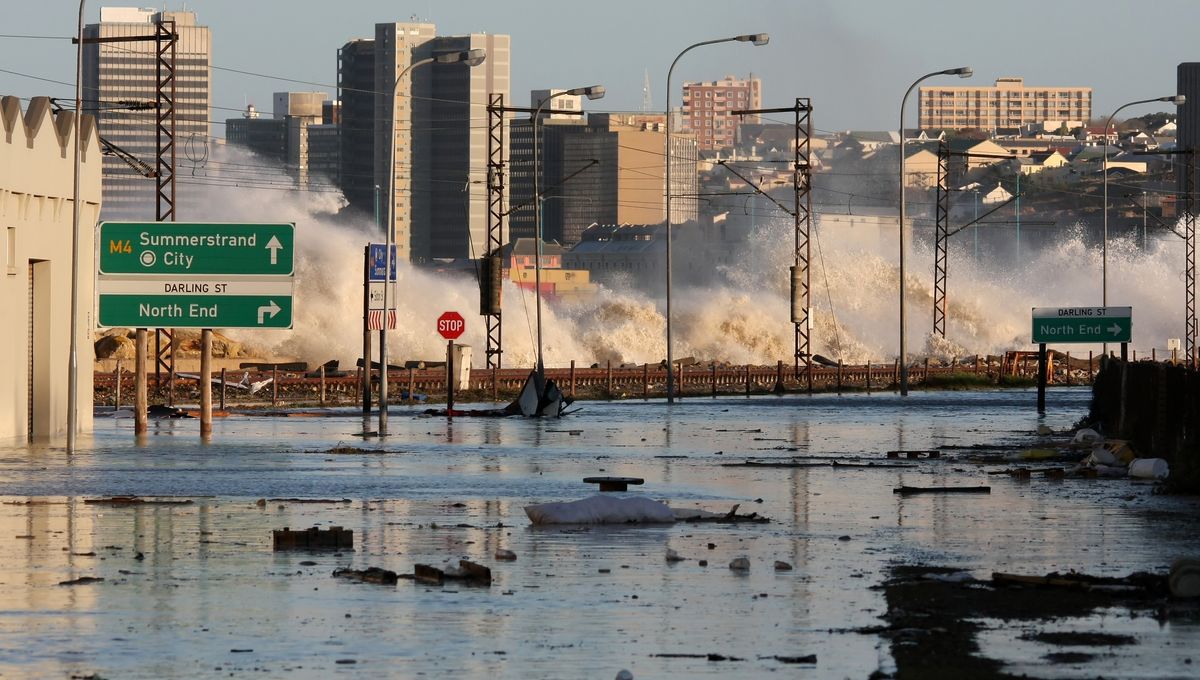
Severe coastal flooding might seem like a rare occurrence, but according to a new study, it might not stay that way; rising sea levels could see coastal communities hit by once-in-a-century level flooding on a yearly basis.
Although “100-year” flood is something of a misnomer – they can affect the same area multiple times in a century, or even not at all – that doesn’t take away from their seriousness. They represent extreme water levels that have a 1 percent chance of being exceeded in any given year.
Multiple factors can cause a 100-year flood in coastal areas, such as storms, tides, and waves, but the new study focuses on another, longer-term threat that will worsen these factors – sea level rise. The global average sea level has risen nearly 10 centimeters (4 inches) in the last 30 years, which has been attributed to the effects of global warming.
Previous flood prediction studies have often used a concept called stationarity, based on historical data, to predict sea levels and 100-year floods. However, the authors of the current study argue that this is no longer suitable because of climate change.
“In stationarity, we assume that the patterns we have observed in the past are going to remain unchanged in the future, but there are a lot of factors under climate change that are modulating these patterns,” said Hamed Moftakhari, who supervised the project, in a statement. “We can’t assume stationarity in coastal flooding anymore.”
Using data from more than 300 tide gauges around the world, researchers analyzed trends in sea levels. Then, avoiding stationarity, the researchers estimated future sea levels under two carbon emission scenarios created by the International Panel on Climate Change – carbon emissions continuing to rise through to the end of the century, and carbon emissions peaking by 2040.
In both cases, it wasn’t good news for most of the regions they studied. “The threshold that we expect to be exceeded once every hundred years on average is going to be exceeded much more frequently in a warmer climate until they are no longer considered 100-year events,” said Moftakhari.
The study found that sea level rise will likely lead to an increase in 100-year floods, to the point where they occur annually in some places. On a global level, the results suggested some regions could experience them every nine to 15 years, on average.
It’s an unsettling prospect, but Moftakhari is optimistic. “Don’t forget that this is all about the level of water that we expect to experience without mitigation measures,” he said. “There will be technological advancements that could enhance the resilience of communities.”
The study is published in the journal Earth’s Future.
Source Link: 100-Year Floods May Be Looming If We Don't Change Our Ways